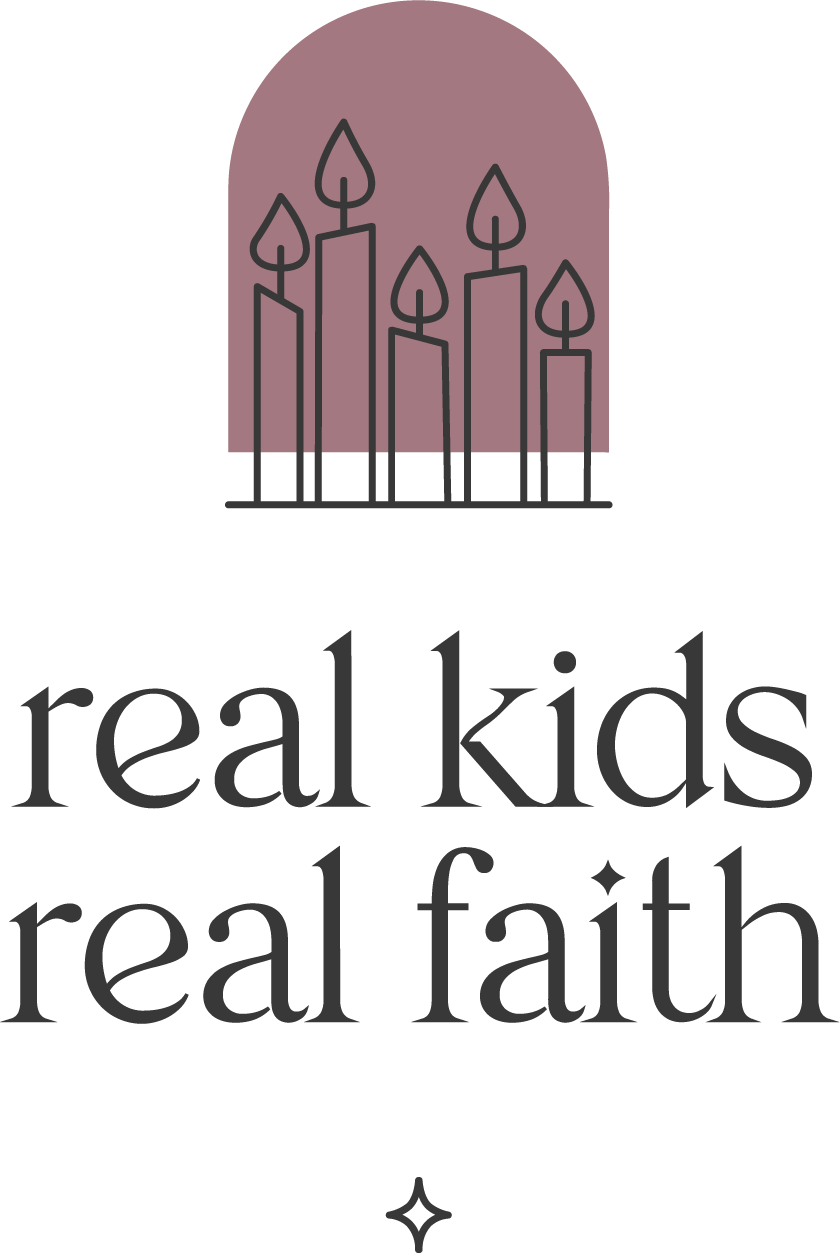It’s Gay Pride Month, and families of all sorts are celebrating diversity. Colorful rainbow flags attract children’s attention and appeal to their sense of fun. But how do we help our kids explore the deeper issues surrounding LGBTQIA+ identity and pride? How do we help them respect and support people of all gender identities when some of those identities are attacked and legally restricted?
Being gay, lesbian, transgender, or otherwise nonconforming to traditional gender roles can be a source of joy and pain. Knowing who you are and having the freedom to love whoever you want is spiritually affirming. Hearing your identity rejected as perverse and knowing others want it outlawed can raise spiritual questions about self worth, courage, compassion, and justice.
However you and your child identify, take time this month to learn more about gender inclusivity. You might begin by exploring what all the initials stand for in LGBTQIA+. There are online glossaries (such as the LGBTQIA Resource Center Glossary) that offer definitions and some history about how gender identities have expanded over time.
When your family is shopping or traveling, make a game of finding gender inclusive restrooms and other spaces. Keep a tally of gender inclusive vs. gender specific designations. Chances are, there will be many more binary ones. Wonder aloud about this inequity and who you might contact to request change. With older children, research whether building codes or other issues might be a factor and – if so – ask your legislator to support revising those rules.
Learn more about LGBTQIA+ identities by listening to music by queer artists. (See #9 Make a Pride Playlist in 10 Ways To Celebrate Pride Month With Your Kids In 2022 for names.) Musicians often sing about their lives and their perspectives on the world. Build a list or pick just one or two songs, such as “Born this Way” (Lady Gaga) or “Closer” (Tegan and Sara). Screen lyrics beforehand to ensure that they are age appropriate.
With young children, adopting the rainbow flag as a symbol is another way to make diversity and inclusion visible. Hang one in their room or a window and talk about how you feel when you look at it. Create your own rainbow flag stickers by drawing colorful lines on removable labels, and then decorate notebooks, containers, and other items around the house.
And don’t forget about the power of personal narratives. Seek out other family members and friends who are comfortable talking about their identity and ask them to share their stories. Designate the conversations as ‘safe spaces’ for asking questions and remind all participants that it’s ok to say “that’s not information I want to share”. Or gather to read and talk about books that feature characters who are exploring their gender identity. Children can then explore ideas and experiences featured in the story with loved ones who have firsthand knowledge of LGBTQIA+ identities and issues.

Comments